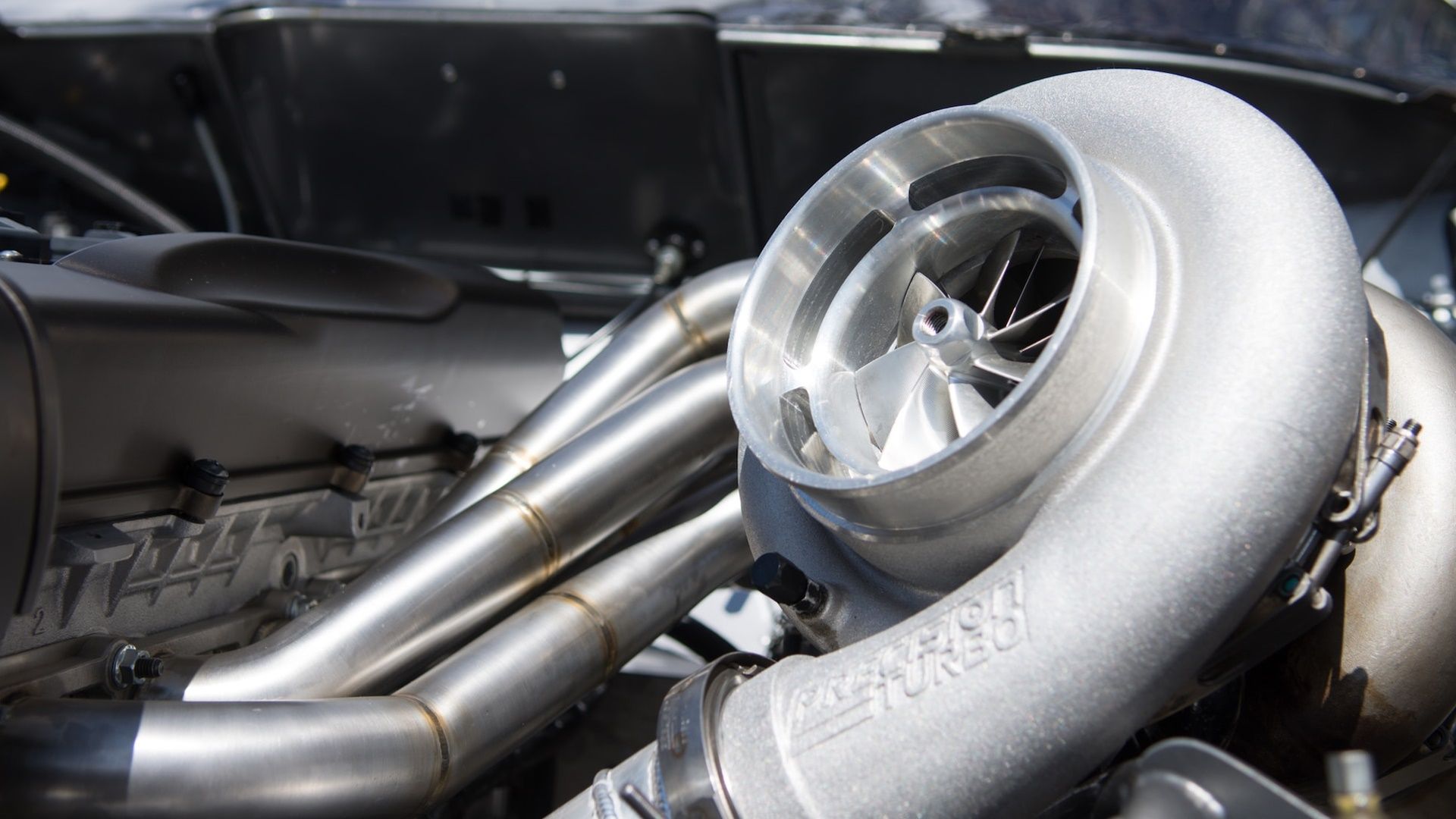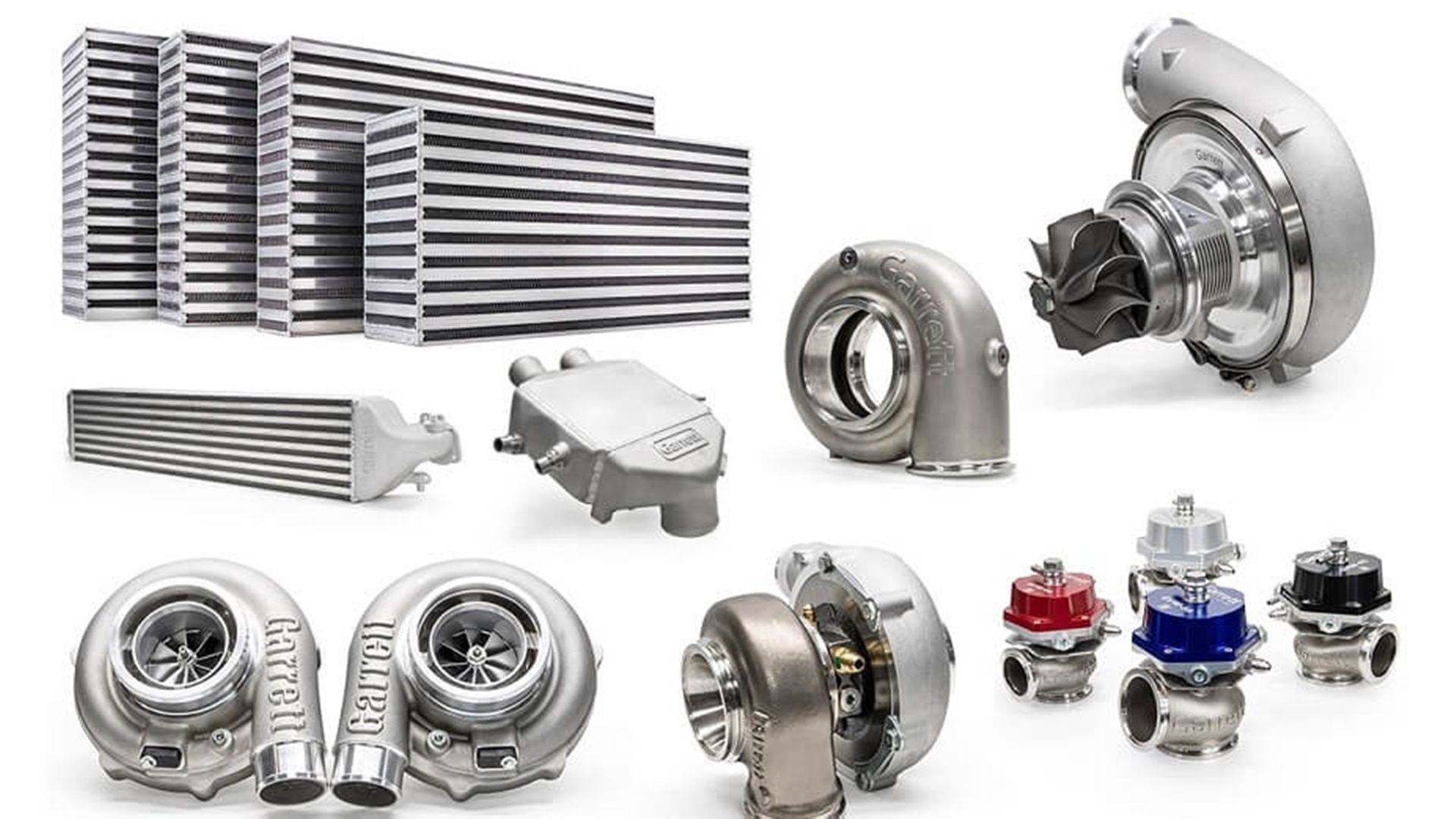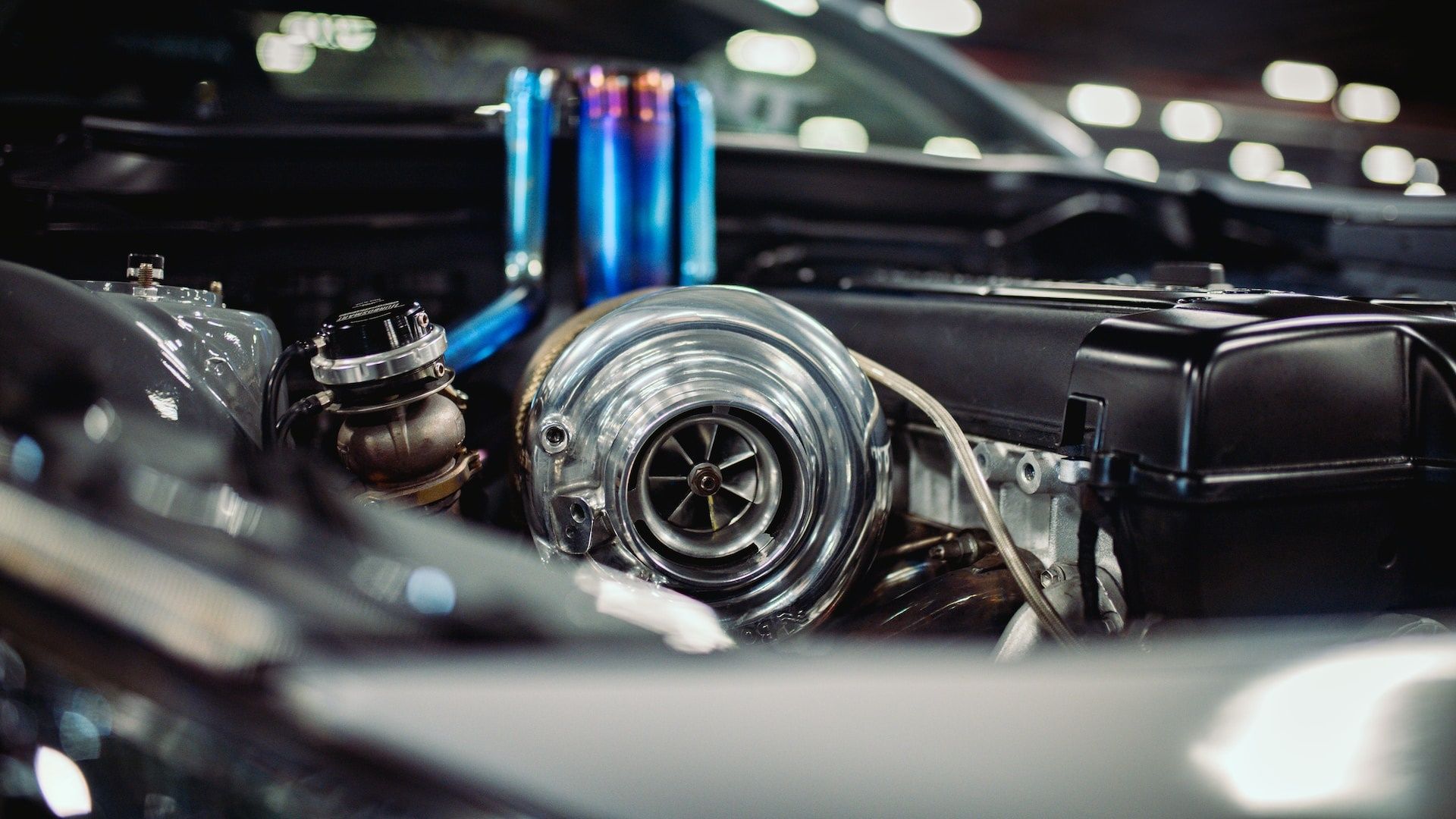Summary
- Turbocharging has evolved over the years to become the most efficient way of making more power in vehicles, going beyond just extracting more power from the engine.
- Turbocharged engines faced challenges such as turbo lag, complexity, reliability issues, and higher costs, but modern turbo technology has greatly improved these issues.
- Turbocharged engines have become the preferred solution for power and efficiency in vehicles, from economy cars to high-performance sports cars, and even in diesel engines. The future of turbocharging looks promising as it helps meet emissions, fuel economy, and performance targets.
Since the advent of the internal combustion engine, the goal has always been to go faster which requires more power. Over the years, engineers have developed various methods to achieve this aim. Early methods included bigger displacement engines, bigger mechanical parts, and crude forms of tuning to eke out as much power as possible from the engine. While this was the most sensible route to take at the time, the engines kept getting bigger, heavier and less efficient.
After developing several methods, Turbocharging seemed to be the best and most efficient way of making more power. However, this method has evolved over the years before reaching its current stage with many challenges along the way. From the initial patent, it would take almost five decades before turbocharging would become available for production vehicles. Today, most vehicles make use of turbochargers and its purpose has gone beyond just trying to extract more power.
Information contained in this article was gathered from reputable sources like Motortrend, Road and Track, various OEM car manufacturers and Turbo manufacturers.
Origin Of The Turbo Engine
Today, there are two common methods of forced induction; turbocharging and the lesser-used supercharging. But in the early days, it never used to be this way as supercharging was the only means of forced induction. The first supercharged engine was built in 1878 but remained in testing until its first application in planes in the 1910s and later adopted by cars from the 1920s.
The First Turbocharged Engines
The first prototype turbo engine was built in 1915 but reliability issues would keep it in continuous development for almost another decade. The first application of a turbo engine came in 1925 and was installed by Alfred Buchi. He is synonymous with inventing the turbocharger as he was the first person to patent the turbocharger back in 1905. This form of forced induction was originally called a turbosupercharger since it was considered a form of supercharging.
It powered a 10-cylinder diesel engine used by two large passenger ships owned by the German Ministry of Transport. Companies like Daimler-Benz would also start making turbo-diesel engines to power large machinery. Later applications of turbocharging would come in Aircrafts of World War II. The turbocharged aircraft engines helped eliminate the power loss at high altitudes due to less oxygen. Automotive research applications started in the 1950s but the first commercial turbocharged vehicle would not be available until the 1960s.
1960s: Turbocharged Production Vehicles
Oldsmobile Turbo Jetfire
Production versions of turbo Automotive turbo engines began with heavy equipment vehicles like large diesel trucks. The MAN MK26 was the first turbo-diesel prototype truck but would not go into production until 1954 as the MAN 750 TL1. By the 1960s, there was a growing demand for these diesel-powered trucks with production engines being made by notable Diesel manufacturers like Cummins, Detroit Diesel, Scania, and Caterpillar.
The first production turbocharged gas engine was made in 1962 popularly known as the Oldsmobile Turbo Jetfire. It was a V-8 single turbo unit with 5 psi of boost which made 215 horsepower and 300 pound-feet of torque. This was a turbocharged version of the Oldsmobile rocket V-8 which was already in production since 1949. But internally, this engine was known as the turbo-rocket.
Turbo Rocket Engine Specifications
|
Engine |
Turbocharged V-8 |
|---|---|
|
Displacement |
3.5 liters |
|
Fuel |
Gas |
|
Power |
215 horsepower |
|
Torque |
300 pound-feet |
The Turbo-rocket V-8 was offered exclusively on the 1962 Oldsmobile Jetfire which was a special version of the Oldsmobile Cutlass coupe. It is unclear who made their engine first, but a month later Chevrolet released their turbocharged vehicle. This was a turbocharged flat-6 engine known as the Turbo-Air 6 and was used in the Chevrolet Corvair Monza spyder. While Chevrolet produced this car until 1966, the Oldsmobile Jetfire was discontinued in 1963 due to reliability issues.
1970s Turbo Sports Cars And A Luxury Car
The 60s would have only these two gas-production cars until 1973 and 1974 which saw the release of the BMW 2002 Turbo and Porsche 911 Turbo respectively. Each car had “Turbo” attached to its name to signify that the car was turbocharged since turbo vehicles weren’t common at the time and therefore expensive. 1978 saw the first application of a turbocharged diesel engine in a production passenger vehicle.
The W116 Mercedes Benz 300SD saloon made use of an inline-five-cylinder turbo diesel engine and was sold in North America and Japan. This engine was originally a prototype of the 1976 Mercedes C111 experimental car. French automaker, Peugeot came out with the 604 D Turbo a year later which was the first turbo-diesel car to be sold in Europe.
Early Challenges With Turbocharging
Turbo lag
This is a known flaw of early turbo engines since they relied on exhaust gases to supply the air needed to spin the turbo. The delay in the flow of exhaust gas to the turbos causes a significant delay in power delivery. A bigger turbo had more lag than a smaller one so the advertised power figures would only be available once the turbos were working. This is where naturally aspirated and supercharged engines were better, since they responded instantly. But modern turbo technology has come a long way and almost eliminated any form of turbo lag.
Complexity
A turbo engine was much more complex compared to regular engines. Adding one meant you had to add supplementary accessories to support the new setup. You need a better cooling setup, oil lines, a new tune, and much more to support the addition of a turbocharger. Since this was a fairly rare application at the time, it added complexities to the engine design.
Reliability Issues
The aforementioned complexities also showed up in the reliability of the vehicles. Since more air was being forced into the engine this led to increased temperatures which led to more wear and tear of engine components. If any part of the engine building process was neglected in a turbo engine, the flaws would show easily compared to its naturally aspirated counterparts.
Expensive To Buy And Maintain
Turbocharged cars weren’t common in the beginning because they had a higher price tag than normal vehicles, which meant you paid a premium to own one. Turbo cars were expensive to manufacture which is added to the purchase price of the vehicle. But it doesn’t stop there, the maintenance requirements were also more since the parts wore out quicker and the maintenance intervals were shorter. Since they were originally made for performance and luxury vehicles, you had to make sure the cars were serviced regularly to keep them in optimum working conditions. These were some of the disadvantages of turbo cars.
Turbochargers In Various Applications
Turbos have evolved over the years and have gone through various designs to make them more efficient and reliable. In its most basic form, a turbo is made up of just three components which include a Turbine, Compressor, and Center hub rotating assembly (CHRA) which houses the turbine and compressor.
Turbine: This is known as the “hot side” where exhaust gases come in to power the turbo. It has a series of blades that rotate and help spin up the compressor. This setup has different designs to help increase turbo efficiency and minimize turbo lag which include the twin scroll, variable geometry, and a newer electrically assisted setup.
Compressor And CHRA: The compressor is powered by the turbine and draws outside air into the engine which is cooler and denser. This air is fed directly into the combustion chamber which adds more power to the engine. Finally, the CHRA houses the turbine, compressor, a shaft that connects them, and other smaller components needed to keep the turbocharger intact.
Turbo Setups And Applications
There are two main application purposes of a turbocharged engine which are either for performance or efficiency.
Efficiency: Turbos do add power but the main benefit here is low down torque which makes power delivery effortless and puts less stress on the engine. When done right it also reduces fuel consumption resulting in better gas mileage. This is applicable to most regular commuter cars as they cover a lot of miles and would be more fuel-efficient this way.
Most cars here make use of small four and even three-cylinder engines and add a turbo to make up for the smaller displacement. No need for larger displacement engines as a turbo can give the same power as a bigger engine but with the benefits of more torque.
Performance: Adding more power has always been the original goal of turbos and that hasn’t changed. Performance purposes include more power in sports cars, racing applications, or better towing capacity for diesel-powered trucks and machinery. Most engines in this category make use of V-8 and V-6 mills which have the capacity to make as much power as a V-10 or V-12 engine with the use of a turbo.
Most multi-turbo configurations are either parallel or sequential. A parallel configuration makes use of identical-sized turbos setup to perform the same way. In the case of sequential turbos, it makes use of different-sized turbos where the smaller turbo spins at a lower rev range, and a bigger turbo comes on much later. Turbo setups used by car manufacturers include:
- Single Turbo: Makes use of one turbo mainly for smaller efficient engines.
- Twin Turbo: Makes use of two turbos and is the most common form of performance turbo application. e.g. Mercedes biturbo engines and various twin turbo cars.
- Tri-Turbo: Makes use of three turbos e.g F10 BMW M550d, 2017 Audi SQ7, SQ8 and A8
- Quad Turbo: Makes use of four turbos e.g. Bugatti Chiron and Zenvo Aurora.
Modern Turbocharged Engines Are The Best Solution
The 1980s saw the rise of many new turbocharged vehicles especially Japanese sports cars with various configurations. These cars had been built to the best standard and adding a turbo was all they needed to make them faster than the competition. This also led to some of the most reliably built engines of the modern era. Other manufacturers took note and studied the layout of these engines which influenced future engine designs.
Almost every car today has a turbo, from three-cylinder single turbo economy cars to multiple twin-turbo performance V-8s and exotic quad turbo hypercars. Even almost every diesel engine has a turbo from trucks to heavy machinery. This has become the number one solution for power and efficiency with reduced emissions. It is the preferred way of forced induction.
The Future Of Turbocharging
Modern turbocharged vehicles have come a long way from those in the 60s. Current manufacturing is at an all-time high and we are in the golden era of combustion engine vehicles. Emissions laws are much more stringent than they have ever been and turbos seem to be the best way of meeting emissions, fuel economy, and performance targets in the modern era.
While they are still complicated, they are now better made with more durable materials. It is also now commonplace to see turbocharged cars everywhere as they are now very affordable to purchase, maintain, and manufacture. Turbo lag has not been completely eliminated but they come on almost instantly which makes such engines more efficient than ever. Aftermarket turbo kits from reputable companies are also just as good as OEM ones and when installed right, can be a great way to add more power to your vehicle.
Big naturally aspirated engines are being replaced by downsized turbocharged versions. It is also at this point in time the easy way to make more efficient engines without the complexities of hybridization/electrification. While we await the demise of internal combustion engines, turbocharging has proven to be the best form of forced induction.
Credit: Source link


